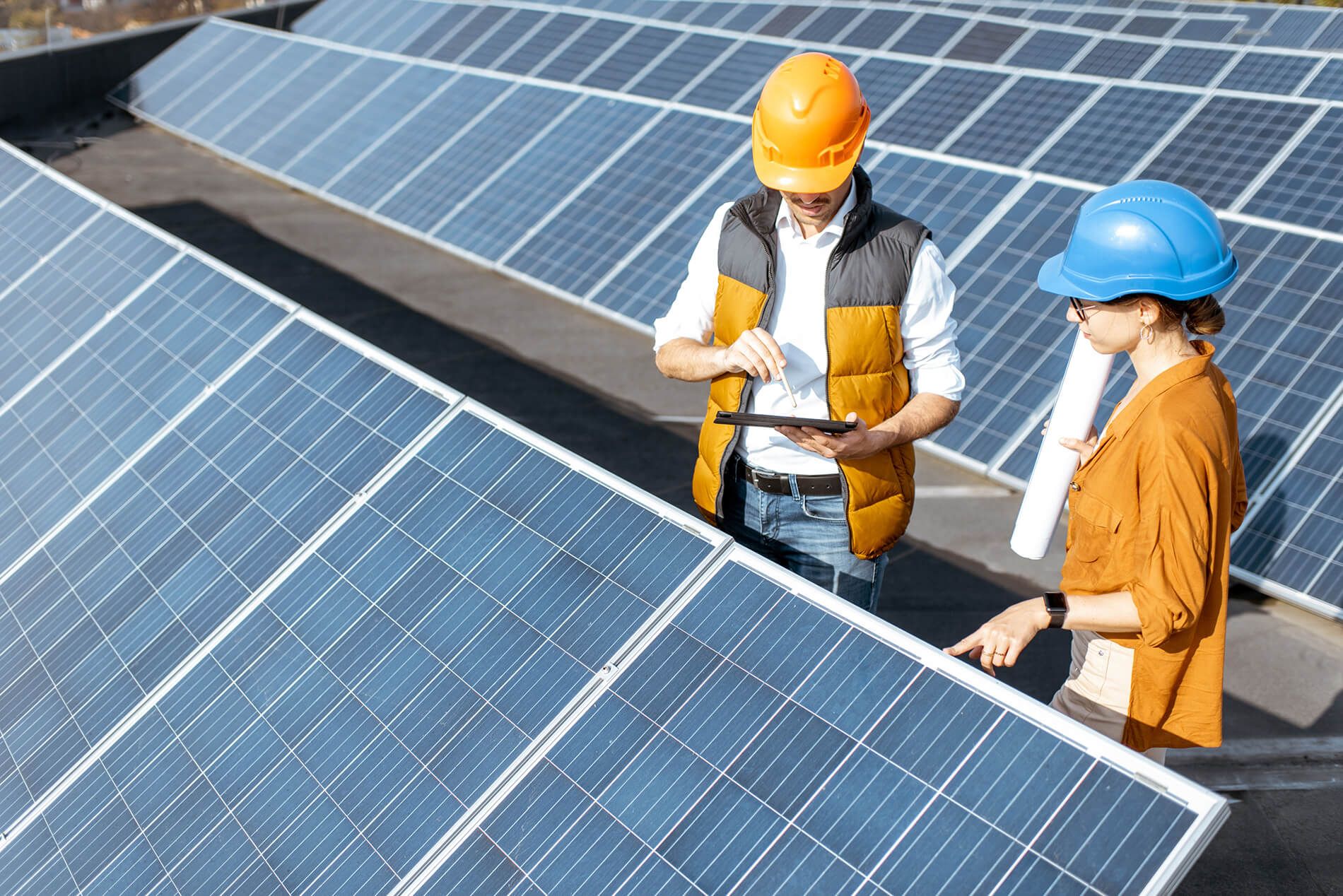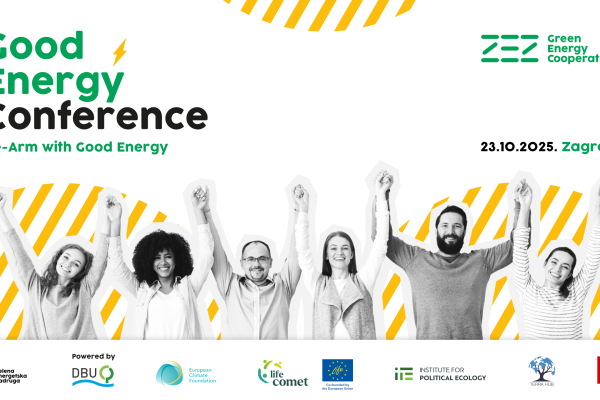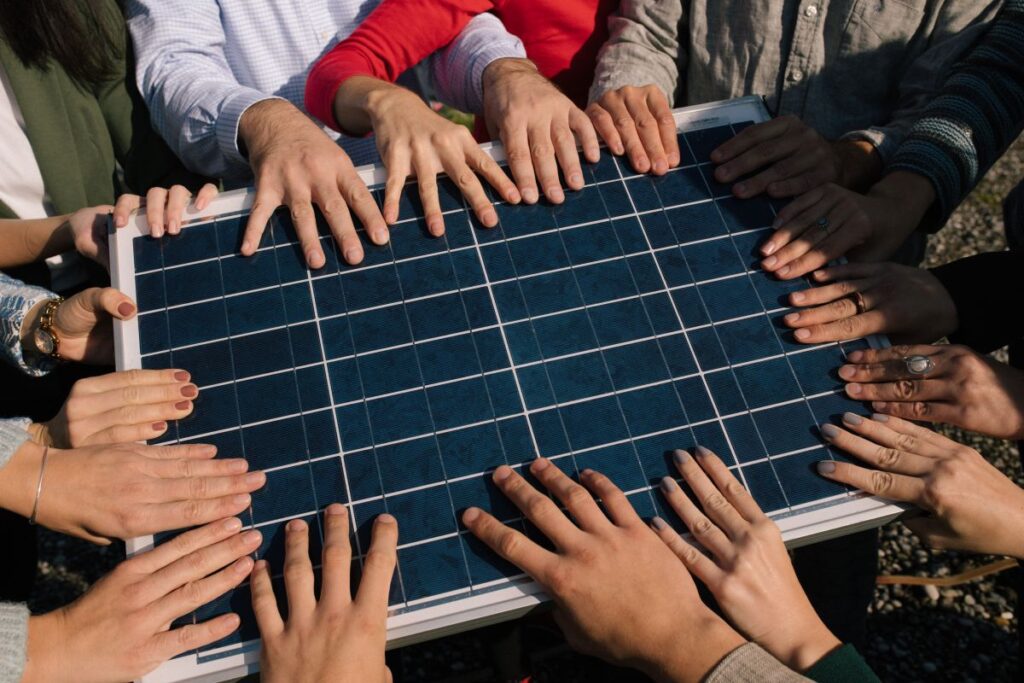As the continent moves towards a greener future, the need for sustainable solutions to energy poverty is becoming more urgent than ever. With that in mind, the European Commission has envisioned the establishment of the Social Climate Fund. Its effective implementation will be crucial in mitigating the regressive effects of certain climate and energy policy measures on the most vulnerable groups in society, who we often hear are living in energy poverty.
Energy poverty in practice means that households cannot afford adequate energy services, such as heating and cooling, or they are significantly delayed in paying their electricity bills. This is an increasing problem across Europe, where millions of households struggle with heating their homes, accessing electricity, or participating in the energy transition. Vulnerable groups such as pensioners, single-person households (especially those led by women), single parents, and those with low or irregular incomes are particularly affected. Energy poverty is an issue that deepens social inequality.
EU member states are currently preparing national Social Climate Policy Plans with measures and investments to be funded by the Social Climate Fund, aiming to mitigate the social costs of implementing decarbonization and climate measures. These plans are essential to ensure that the transition is implemented fairly, which means that vulnerable social groups targeted by the measures must participate in their preparation. This document is a brief guide and checklist for monitoring the process of preparing these plans, prepared by colleagues from the European Federation of Energy Communities (REScoop.eu) in collaboration with the Bankwatch Network.
Social Climate Fund (SCF) – an opportunity to balance the social costs of climate measures:
At the EU level, the SCF will have €65 billion at its disposal, along with an additional 25% national contribution that each member state must secure, totalling more than €80 billion. By June 30, 2025, member states must submit their National Social Climate Policy Plans (NSCPs or “plans”) to the European Commission, which will consolidate all existing and planned measures aimed at mitigating energy poverty within the SCF framework. The plans must be fully operational by 2026 and must include a socially just decarbonization strategy before ETS 2 takes effect in 2027. (ETS is the Emissions Trading System, which extends carbon taxation to end-users of heating and cooling as well as transport systems.)
Example of a climate policy measure whose impact needs to be mitigated:
Take the Emissions Trading System (ETS) as an example, which “taxes carbon,” meaning it charges for excess carbon emissions in energy and industrial processes. So far, it has been applied to large industrial facilities and “combustion plants.” Since the EU is committed to carbon neutrality by 2050, excess carbon emissions must be reduced further and faster. The ETS 2 system, which will be introduced in 2027, extends carbon taxation to users of heating, cooling, and transport, meaning higher costs for citizens. This makes ETS 2 an additional burden on already vulnerable households or small businesses lacking the resources to invest in improving energy performance, renewable energy, electric vehicles, or accessing public transport.
The Social Climate Fund is designed as a “firewall” measure to finance actions within the decarbonization policy that brings the carbon market into the everyday lives of citizens.
Does our society benefit from decarbonization?
To limit global warming to 1.5°C above pre-industrial levels, we need to reduce our dependence on fossil fuels in energy production, which is a process known as decarbonization. Structural and fair decarbonization could generate up to one trillion euros in additional benefits for the EU economy. These benefits primarily arise from reducing fossil fuel imports and lowering electricity bills.
Accelerated transformation through energy-efficient home renovations, upgrading vehicle fleets, and increasing renewable energy sources would enhance thermal comfort in our homes, provide clean energy and affordable public transport, improve air quality, and offer economic relief for millions of households and small and medium-sized enterprises (SMEs) in the EU.
At the same time, it reduces the EU’s strategic dependence on energy imports and increases competitiveness.
Energy Communities as Part of the Solution
In addition to the SCF, energy communities also play a key role in mitigating energy poverty by involving citizens in the production, consumption, and management of renewable energy sources. They contribute to energy security and sustainability, but also strengthen social cohesion and economic resilience.
The EU’s 2019 Clean Energy for All Europeans package recognizes the value of energy communities and defines them by three characteristics:
- They develop and manage local renewable energy production and storage infrastructure based on cooperative principles.
- They sell renewable energy to households and businesses.
- They provide energy-related services, energy efficiency, and measures to combat energy poverty.
Energy communities are based on principles of collective empowerment and democratic governance, enabling citizens to take control of energy production and consumption. By participating in such communities, individuals and households, especially those from vulnerable groups, can benefit from lower energy costs, increased energy efficiency, and better access to renewable energy sources.
One of the most important advantages of energy communities is their ability to directly impact vulnerable households. Through shared cooperative ownership and local management, they can prioritize the needs of the most vulnerable. For example, they can implement targeted initiatives such as subsidized energy tariffs, energy renovations, and joint ownership projects for renewable energy sources, ensuring fair distribution of benefits among members.
Energy communities also foster social cohesion by bringing people together around a common goal. They create opportunities for education, skill development, and employment, further strengthening the community’s social fabric. Such a collective approach not only empowers individuals but also contributes to the overall resilience and sustainability of the community.
Examples of Best Practices in Energy Communities
- Coopérnico (Portugal): A renewable energy cooperative that rents rooftops of institutions with a social mission to install solar panels. These institutions gain additional income from the rent, and users enjoy lower energy bills. After the lease period ends, the institution takes ownership of the solar power plant, ensuring long-term sustainability and an energy source for vulnerable population groups.
- Km0 Energy (Girona, Španjolska): Through the Comunitats locals d’Energia initiative, it helps establish local energy communities that offer affordable energy to vulnerable families. Km0 Energy provides technical and expert support to local energy communities.
- Repowering London (UK): A non-profit organization that has installed solar panels (840 kW) in disadvantaged London neighbourhoods since 2013, providing affordable energy to residents organized into cooperatives and reducing CO₂ emissions. Profits from these projects are reinvested in local initiatives benefiting the community, such as youth education or energy counselling.






